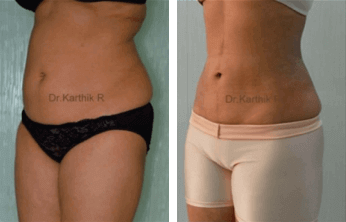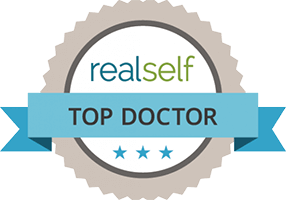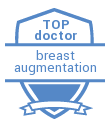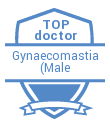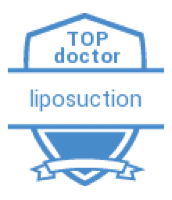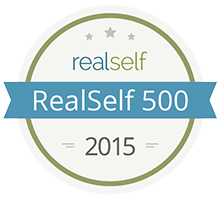ZAPPING AWAY THE ZITS

You know those days when you are just waiting to step out in your Sunday best and a last minute peek at the mirror reveals a bright red spot in the middle of the right cheek. Pimple outbreaks are quite common, especially among adolescents, but the sight of a zit is enough to dampen the mood.
Adolescent Anxiety Surprisingly enough, when the tiny red spot makes its debut in their chaotic world of hormones, peer pressure, crushes and heartbreaks, teenagers initially feel happy as they regard pimples as a sign of ‘growing up’, but soon enough the joy gives way to anxiety as the zits leave marks on the face and start recurring frequently. Pimples turn from being the happy harbingers of adolescence to the first offenders of a teenager’s personality causing physical and psychological stress. To get rid of them, teenagers often mask their face with cream, lotions and makeup, blocking the pores of the face and not letting it breathe.
All about Pimples Pimples are the mild form of acne, a red eruptive skin disorder, mostly occurring in teenagers due to hormonal changes. The pimples usually subside after the age of 23 and rarely persist. It is a superficial infection of the skin forming blisters (papules) which may vary in size, shape, colour, course and effects. Pimples usually occur on the face, sometimes involving the neck, chest, back and upper arms too. It is usually caused by the blockage of skin pores or obliterated, inflamed duct of sebaceous glands in the skin. So pimples are a combination of dead skin cells, sebum and bacteria.


Stages of ACNE
Although adult acne is a common occurrence, adolescents are more prone to pimples. The skin produces excess sebum (for lubrication) during hormonal changes or any bacterial infection. This may be felt as oily material in the face. This excess sebum attracts dust and forms a plug to close the pores of the skin. The acne progresses as inflammatory red spots (papule), blackheads (comedones) or whiteheads, and if it gets deeper, produces boil-like lesions called nodules or cysts. During this period, slight burning, soreness or pricking pain and redness may be present. Normally, It takes approximately 5-8 days to get healed. But if it goes deeper, it may even take 15- 20 days to resolve. After the lesion heals, scars may form as permanent marks as evidence for pimples incursion. Bacteria are the common culprit for all forms of pimples.
CAUSES OF PIMPLES
Science is not yet so developed as to pinpoint the exact cause and to rule out the same. But some common circumstances where pimples erupt are:
- Hormonal changes – Occurring during puberty, menstrual periods, pregnancy, the start or stoppage of the use of birth control pills generally aggravates pimples. The male sex hormone testosterone (also found in women) triggers the sebaceous glands to produce excess sebum, making the skin greasy which in turn causes pimples. Hormonal changes occur in both sexes but predominately occur in girls. Sometimes, some girls feel pimple is an indicator of periods.
- Bacteria – The most common pimple causing bacteria are Propionibacterium acne, Corynebacterium acne, Staphylococcus albus and Pityrosporon ovale.
- Food and intakes – Oily, fatty, spicy and fast foods, pastries, chocolates, nuts and milk products have been found to increase sebum production and thus pimples.
- Environment – Increased exposure to ultraviolet rays of the Sun and to environmental irritants such as pollution and high humidity can also cause and increase pimple incidences.
- Hereditary factors – It is often found to run in families.
- Physical and mental stress – Stress may aggravate the condition for a flare up.
- Cosmetics – Greasy cosmetics stick to the skin and form a plug in pore causing pimples.
- Infection – Dental sepsis and Sinusitis sometimes cause pimples.

Prevention is Better
The secret to pimple prevention lies in keeping the skin clean from dirt, allergens, bacteria or viruses. Simple washing usually helps in maintenance of clear skin by removing germs.
Do
- Wash your skin at least 3 times a day
- Steaming is the best to open the pores of the skin and to keep it fresh
- After exercise wash sweat immediately to wipe off salty deposition
Take
- Adequate amount of water to keep your body hydrated
- Fresh fruits and vegetables for healthy skin and better healing
Avoid
- Washing face with strong chemical soap
- Picking or squeezing or peeling the papule; it will cause scarring
- Exposure to hot sun
- Excessive application of powder directly to face (it is better to rub the powder in the hands and apply gently and mildly.)
- Poor quality cosmetic and make up products
- Over moisturizing the skin
- Food with high content of fat like chocolate, nuts, cheese, chips, oily foods, fast-foods.


